Intuitive Eating
Posts filed under:
Why It Feels So Hard to Know What’s True in Nutrition
If you’ve ever scrolled Instagram, TikTok, or even the news and felt overwhelmed by the flood of “nutrition tips,” you’re not alone. One person swears by cutting carbs, another is selling powders to “heal your gut,” and someone else insists you need a long list of rules to be “healthy.”
The truth is, nutrition science is complex and how we apply nutrition science to our every day lives is extremely personal. Wellness culture often oversimplifies or distorts it. The good news? There are practical ways to tell if nutrition advice is legit so you can make choices that actually support your health and well-being.

✅ Signs Nutrition Advice Is Reputable
When you’re looking at nutrition guidance, here are some green flags to look for:
- Credentials matter. Registered Dietitians (RD or RDN) have extensive training, supervised practice, and are licensed to provide nutrition counseling. While other health professionals may share useful insights, be cautious if someone calls themselves a “nutritionist” without clear education or credentials.
- References credible sources. Reliable advice usually connects back to peer-reviewed research, established health organizations (like the Academy of Nutrition and Dietetics, CDC, or WHO), or consensus statements. Personal anecdotes are interesting and we love human to human connection, but they don’t help us know how to tell if nutrition advice is legit.
- Nuance over absolutes. Reputable information acknowledges that health and nutrition are not one-size-fits-all. It makes space for individuality and doesn’t promise perfection.
- Encourages flexibility. Guidance that helps you explore options, listen to your body, and adapt over time is often a sign it’s trustworthy.
- Focuses on long-term well-being. Look for advice that emphasizes sustainable habits, balance, and self-care over quick fixes or extreme approaches.

🚩 Red Flags for Nutrition Advice
Not all nutrition advice has your best interests in mind. Watch out for these warning signs:
- All-or-nothing language. If someone says you must always eat this or never eat that, it’s usually oversimplified at best or harmful at worst.
- Fear-based messaging. Content that makes you feel guilty, scared, or ashamed around food is a red flag. Food is not the enemy. Eating this one thing will not mean that you get x, y, z disease.
- Over-promises. Claims that a diet, product, or plan will “detox,” “reset your metabolism,” or cure all health concerns are unrealistic and often misleading.
- Lack of transparency. If someone is selling supplements, powders, or programs but doesn’t disclose financial ties, proceed with caution. Be especially cautious if this same person is sharing conflicting advice (example: “Eating processed food is the worst thing you can do for your health but buy this processed nutrition supplement for optimal health.”)
- Dismissing professional care. Be wary if the advice discourages you from working with medical professionals or implies you should ignore your body’s cues.
Questions to Ask Yourself Before Trusting Nutrition Advice
- Who is giving this advice, and what are their qualifications?
- Is the message based on research or just personal experience?
- Does it make me feel empowered, or does it increase guilt and fear?
- Does it sound too good to be true? (Spoiler: it probably is.)
- Is it flexible enough to work for me, or does it insist there’s only one way?
Why This Matters
The way we approach nutrition impacts not just our physical health, but also our relationship with food and our mental well-being. Building trust in where you get your information can help you filter out the noise, avoid unnecessary stress, and focus on what’s truly supportive for you.
At Tap Into Nutrition, we believe that reputable nutrition advice should leave you feeling included, cared for, and confident. There’s more than enough shaming out there, you don’t need it from us!
Ready for Support That Cuts Through the Noise?
If you’ve been burned by conflicting advice before, you don’t have to figure this out on your own. Working with a registered dietitian can help you get clarity, tune into your body’s needs, and build habits that feel sustainable.
💬 Book a free 15-minute discovery call to see if we’re a good fit: Schedule Here

An excerpt of your post will show up here. Wow! Inhale upward-facing dog balance exhale. The light within me create space stillness balance, ardha chandrasana feel the earth beneath you flow yoga nidra.
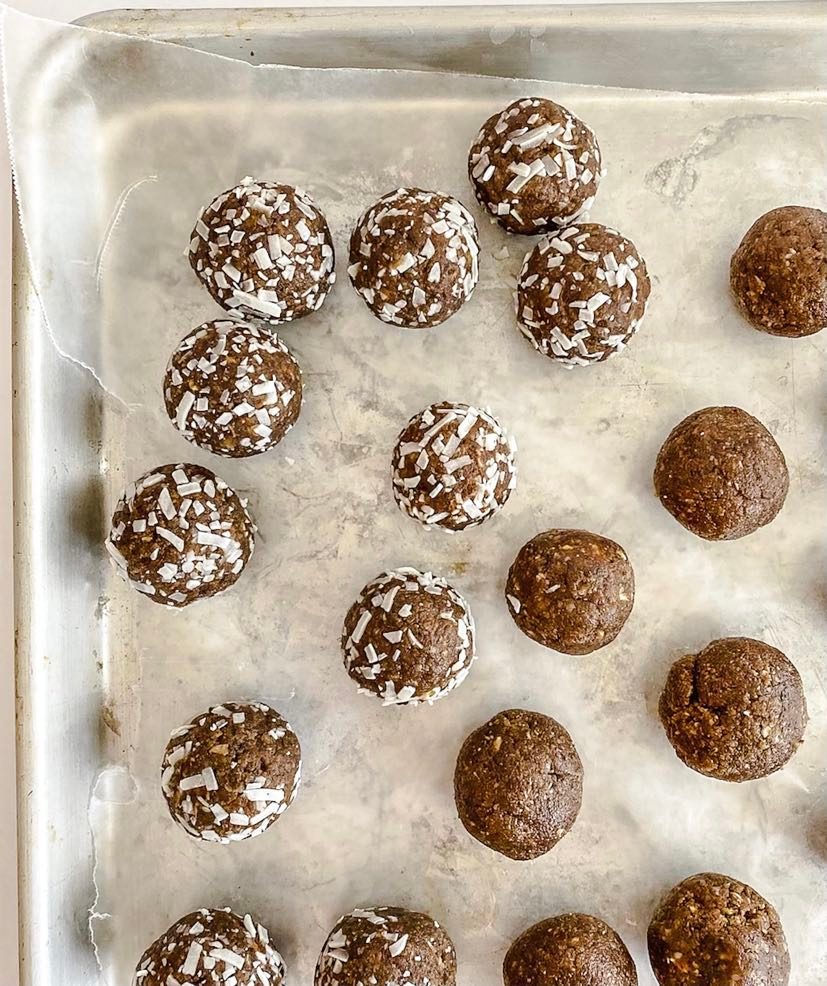
And excerpt of your post will show up here. Wow! Inhale upward-facing dog balance exhale. The light within me create space stillness balance, ardha chandrasana feel the earth beneath you flow yoga nidra.

Diet culture is sneaky. It’s learned how to rebrand into “wellness”.
Instead of pushing obvious weight-loss fads, it now hides behind words like “clean eating”, “reset”, “detox”, and “lifestyle change.” These terms sound positive—even aspirational—but they often promote the same restrictive, guilt-driven thinking that fuels disordered eating and body shame.
So how do you know if something is truly about well-being or just diet culture in disguise? Let’s talk about it.
What Is Diet Culture, Really?
Diet culture isn’t just about going on a diet—it’s a belief system that:
🔸 Equates health with thinness
🔸 Combines food with morality. It labels some foods as “bad” and others as “good”…and implies that you’re “good” or “bad” based off of eating them.
🔸 Emphasizes shame through making you feel guilty for eating “wrong” or not exercising “enough”
🔸 Convinces you that your body needs constant fixing
Even when these ideas show up under the guise of “health,” they still push the same message: You are not enough as you are.
How to Spot Diet Culture Disguised as Wellness
1️⃣ If It Promises to “Fix” Your Body
❌ “Tired of (enter generic and usually normal “symptom” presented as a problem here)? Balance your hormones with this eating plan!”
❌ “Reset your metabolism fast!”
❌ “Burn fat naturally by only eating at certain times!”
🚨 Reality Check: Your body isn’t broken. Hormones, metabolism, and digestion are complex, self-regulating systems. They don’t need you to micromanage them with rigid food rules.
2️⃣ If It Glorifies Willpower Over Enjoyment
❌ “Nothing tastes as good as skinny feels”
❌ “The first few weeks are tough, but you’ll get used to it.”
❌ “It’s all about dedication. If you want it, then work for it.”
🚨 Reality Check: If your “lifestyle change” revolves around ignoring your body, forcing yourself through hunger, or constantly battling food guilt, it’s still a diet. A sustainable approach to well-being shouldn’t feel like punishment.
3️⃣ If It Turns Food and Health Into a Moral Issue
❌ “You are what you eat”
❌ “This ingredient is ruining your health!”
❌ “Clean eating is the only way to feel your best!”
🚨 Reality Check: No single food is inherently “good” or “bad.” There are so many factors that go into making food decisions and that influence our food systems. AND at some point in our lives, we all will experience health struggles. Whether it’s being sick, general aging, living with chronic disease, accidents, or any of the many many things that influences health status beyond our control…health status cannot determine how good or bad you are as a person.
4️⃣ If It Pushes Weight Loss as a Side Effect of “Health”
❌ “This isn’t about weight loss… but most people lose 10 pounds in a month!”
❌ “Get healthy, and the weight will naturally fall off.”
❌ “Love your body, but also shrink it.”
🚨 Reality Check: Weight is not the best measure of health. Any approach that subtly (or not-so-subtly) ties well-being to body size is still rooted in diet culture.
5️⃣ If It Makes You Feel Like You’re Failing at “Health”
❌ “You’re not really prioritizing wellness if you eat processed foods.”
❌ “If you care about your body, you’ll cut out sugar.”
❌ “Eating intuitively is just an excuse to be lazy.”
🚨 Reality Check: Health isn’t an exclusive club with impossible entry requirements. It’s individual, flexible, and doesn’t require you to sacrifice your joy, your culture, or your peace of mind.
What Does True Wellness Look Like?
Instead of rigid rules, real well-being honors your body’s cues, needs, and preferences. It doesn’t ask you to shrink, restrict, or deprive yourself—it asks you to trust yourself.
✅ What a Non-Diet Approach to Health Looks Like:
✔️ Encourages body attunement instead of external rules
✔️ Makes room for joy, satisfaction, and flexibility
✔️ Supports mental and emotional health, not just physical
✔️ Celebrates health at every size instead of centering weight loss
You Deserve Better Than Diet Culture in Disguise
You don’t need detoxes, resets, or rigid plans to care for yourself. Your well-being should be built on trust, nourishment, and self-compassion. Wellness does not have to come with guilt or fear.
If you’re ready to let go of restrictive wellness trends and embrace a more sustainable, intuitive approach to health, we’re here to help. Schedule a FREE discovery call here.
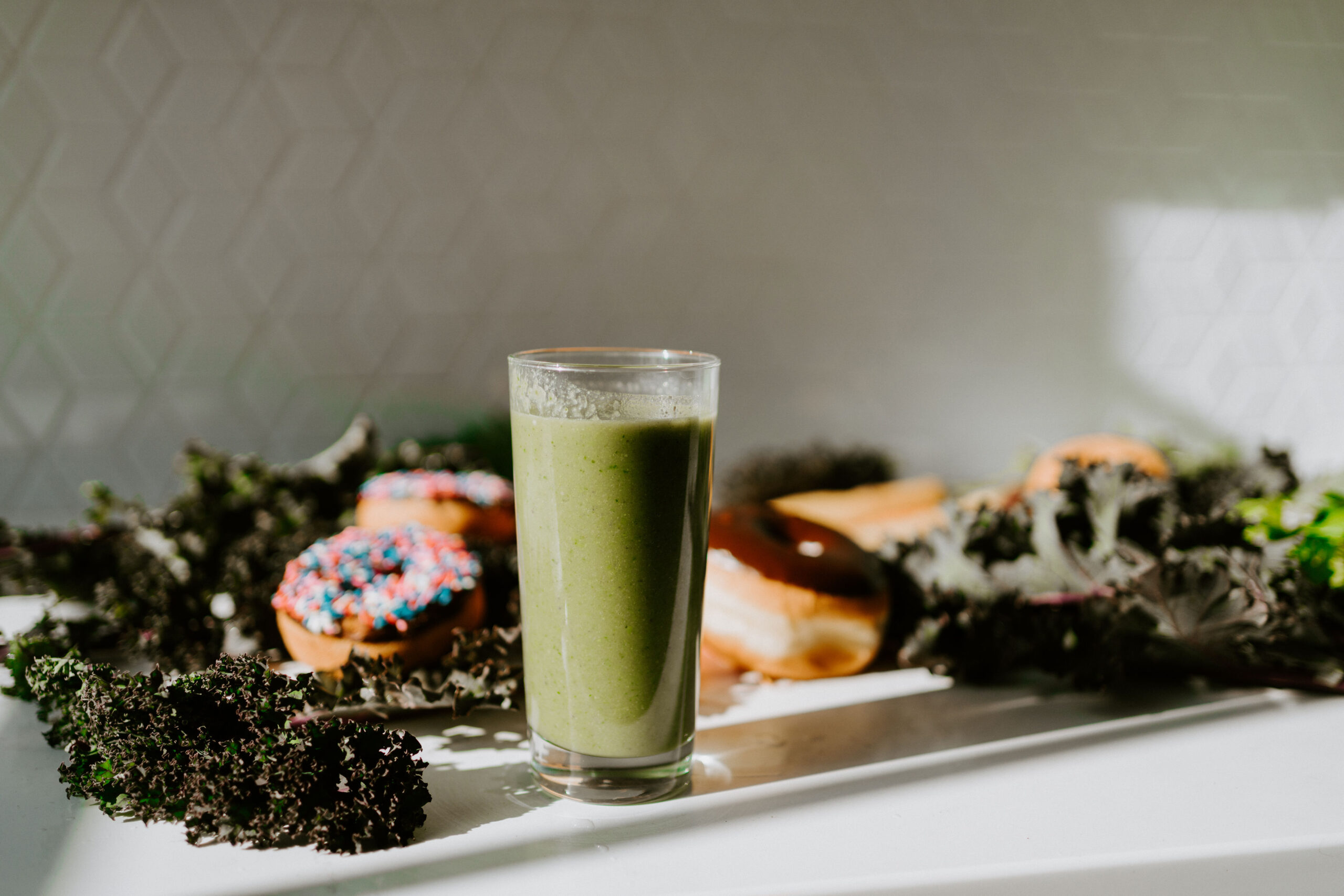
An excerpt of your post will show up here. Wow! Inhale upward-facing dog balance exhale. The light within me create space stillness balance, ardha chandrasana feel the earth beneath you flow yoga nidra.

And excerpt of your post will show up here. Wow! Inhale upward-facing dog balance exhale. The light within me create space stillness balance, ardha chandrasana feel the earth beneath you flow yoga nidra.

When was the last time you tried a new food? Whether you’re an adventurous eater or someone who sticks to a favorite list of comfort meals, adding new foods to your diet can be an empowering experience. Exploring new foods helps to break out of food ruts, introduce new nutrients, and even deepen your relationship with food. But if trying new foods feels overwhelming…you’re not alone! Here’s how to build a positive relationship with variety and try new foods with intuitive eating.

Why Trying New Foods is Important
The foods we choose to eat play a major role in how we feel physically, mentally, and emotionally. Repeating the same few foods or dishes over and over can lead to both nutritional gaps and feelings of boredom or stress around meals.
Here are some reasons why exploring new foods can be beneficial:
- Boosting Nutritional Variety: Different foods bring different nutrients. By trying new ingredients, you introduce more vitamins, minerals, and antioxidants to your meals without having to stress out or pressure yourself.
- Developing a Flexible Mindset: Opening up to try new foods or increasing the range of foods to choose from encourages listening to your body’s cues and letting go of rigid rules about what you “should” or “shouldn’t” eat.
- Reconnecting with Joy: Food is not just fuel—it’s community, comfort, connection, and culture. Trying new foods can reconnect us with the joy of eating and remind us that food is meant to be enjoyed.
Intuitive Eating and Trying New Foods
Intuitive eating encourages you to tune into your body’s natural hunger and fullness signals and honoring cravings and satisfaction without judgment.
If the idea of trying new foods feels intimidating, here are some tips to help you approach it through an intuitive eating lens:
- Start Small: If you’ve always wanted to try goat cheese, incorporate it as a side dish rather than making it the main part of the meal. This keeps the pressure low and allows you to explore new tastes in a low-stress way.
- Pair with Familiar Favorites: When introducing something new, pair it with a food you already love. This can make the experience feel less overwhelming and more enjoyable.
- Practice Curiosity, Not Judgment: Approach new foods with a mindset of curiosity. It’s okay if you don’t love every new food you try! The goal is to explore, not to perfect. Be gentle with yourself and remember that food preferences take time to evolve.
- Explore Different Cultures: Expanding your palate can also be an opportunity to explore different cultures and cuisines. Consider trying dishes from regions or countries you’ve never eaten from before. It’s a great way to add variety and depth to your meals while learning more about other cultures.
- Honor Satisfaction: One of the core principles of intuitive eating is honoring your satisfaction. As you try new foods, pay attention to what makes you feel satisfied—not just physically, but mentally and emotionally as well. Food should be enjoyable!
Trying New Foods in Eating Disorder Recovery
Trying new foods in eating disorder recovery can come with feelings of anxiety or fear. Rigid food rules, fear foods, and restrictive behaviors can make it challenging to explore new options. However, incorporating new foods in recovery can be a powerful way to reclaim your relationship with food.
We encourage you to take it at your own pace, honor your body’s signals, and work with a dietitian who understands your unique needs.
Here are a few ways we can work together to support you:
- Gradual Exposure: We can help you build confidence with new foods through a step-by-step approach.
- Non-Diet Guidance: We prioritize weight neutrality and body respect, ensuring that the focus remains on how you feel, not how you look.
- Mindful Eating Practices: Learning how to tune into hunger, fullness, and satisfaction cues is a key part of trying new foods in recovery.
If you’re in recovery or looking to improve your relationship with food, we’re here to support you.
Final Thoughts: The Joy of Exploring New Foods
Trying new foods is about more than just adding variety to your diet. It’s an opportunity to deepen your connection with food, embrace flexibility, and build a positive food and body relationship.
If you’re curious about how intuitive eating or trying new foods can benefit you, we’d love to help you explore your options. At Tap Into Nutrition, we provide compassionate, non-diet nutrition counseling that meets you where you are.
Take the First Step: Book a Free Discovery Call Today
Ready to take the first step toward a more peaceful and joyful relationship with food? Whether you’re in recovery or simply want to explore intuitive eating, we’re here to support you. Book a free discovery call with one of our expert dietitians today, and let’s start the journey together.

An excerpt of your post will show up here. Wow! Inhale upward-facing dog balance exhale. The light within me create space stillness balance, ardha chandrasana feel the earth beneath you flow yoga nidra.

And excerpt of your post will show up here. Wow! Inhale upward-facing dog balance exhale. The light within me create space stillness balance, ardha chandrasana feel the earth beneath you flow yoga nidra.
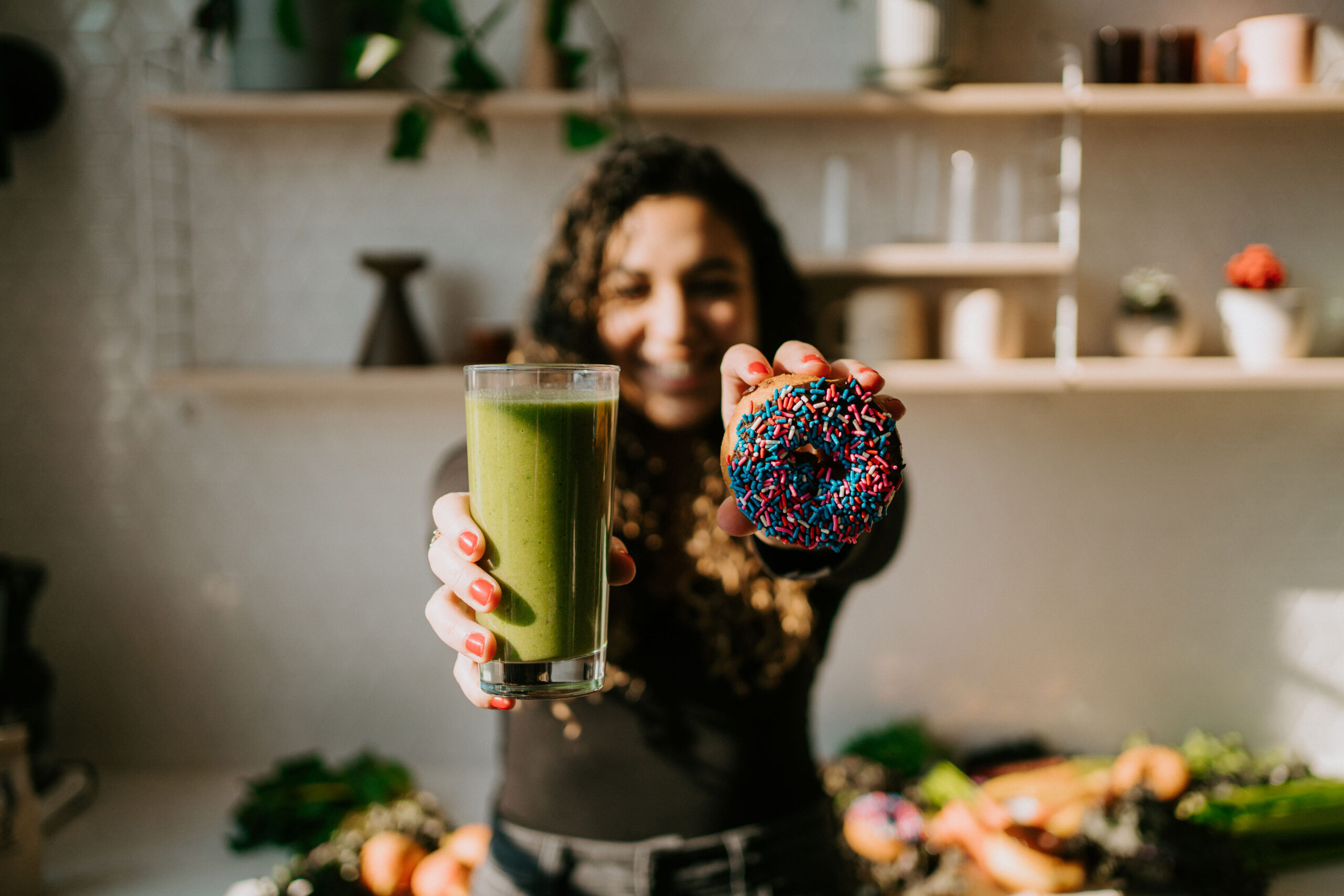
There’s been a stigma against cultural foods in nutrition and diet culture, but we’re pushing for that change. Food is more than just food. It’s community, connection, culture…and so many more things beyond nutrition.
Embracing Cultural Foods
For many of us, cultural foods hold a special place in our hearts. Whether it’s the aroma of spices from a simmering pot of curry or the comforting warmth of a traditional stew passed down through generations, these dishes evoke memories and connect us to our roots. However, embracing cultural foods goes beyond nostalgia—it’s about embracing diversity, our identity, and our communities.
Building Bridges and Fostering Connection
Sharing a meal with loved ones is not just about eating—it’s a shared experience that fosters connection and strengthens bonds. By embracing cultural foods, we open ourselves up to new culinary experiences and opportunities to connect with others in meaningful ways.
Practical Tips for Incorporating Cultural Foods
- Explore Local Markets: Visit cultural grocery stores and farmer’s markets in your area to explore the range of ingredients and products from around the world.
- Experiment with Recipes: Don’t be afraid to get creative in the kitchen! Experiment with traditional recipes or put a modern twist on classic dishes to suit your tastes and dietary preferences.
- Connect with Community: Join cooking classes, cultural festivals, or supper clubs to learn more about different cuisines and connect with others who share your passion for food and culture.

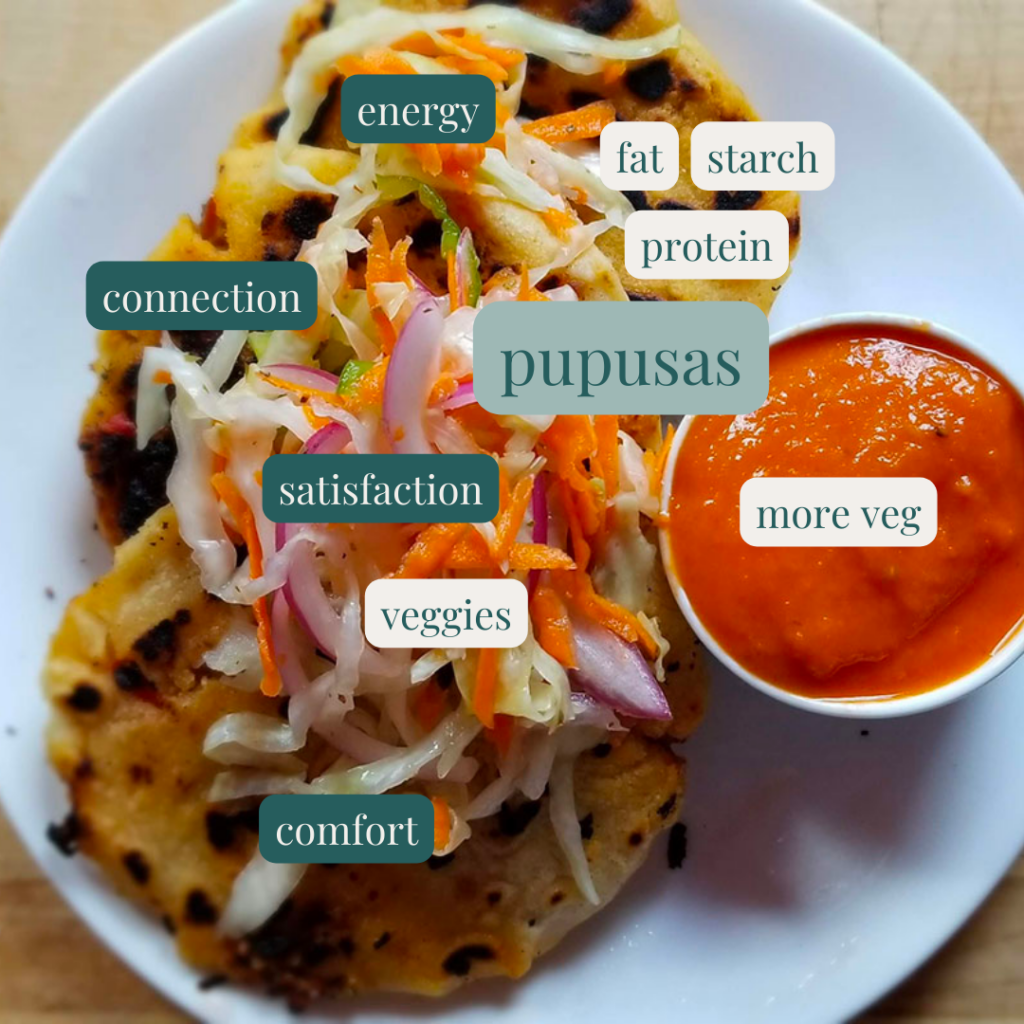
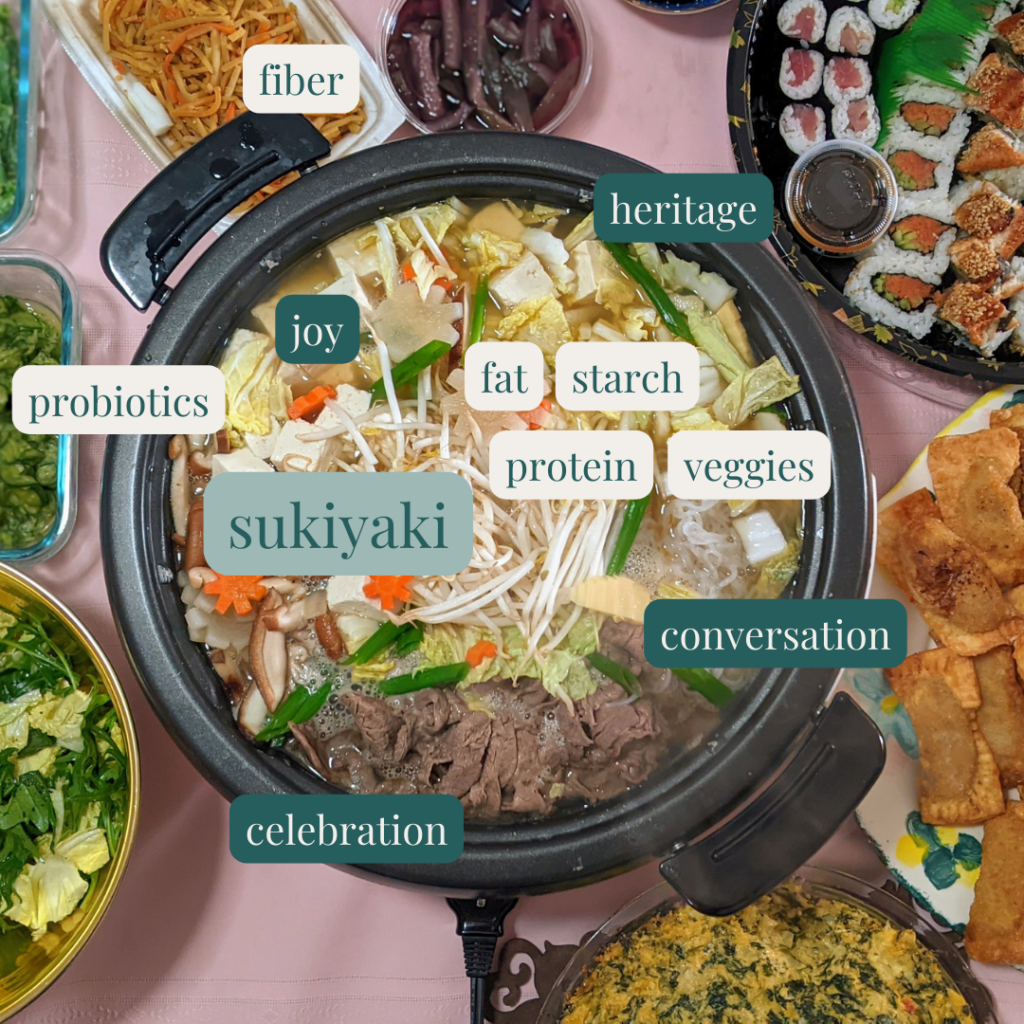
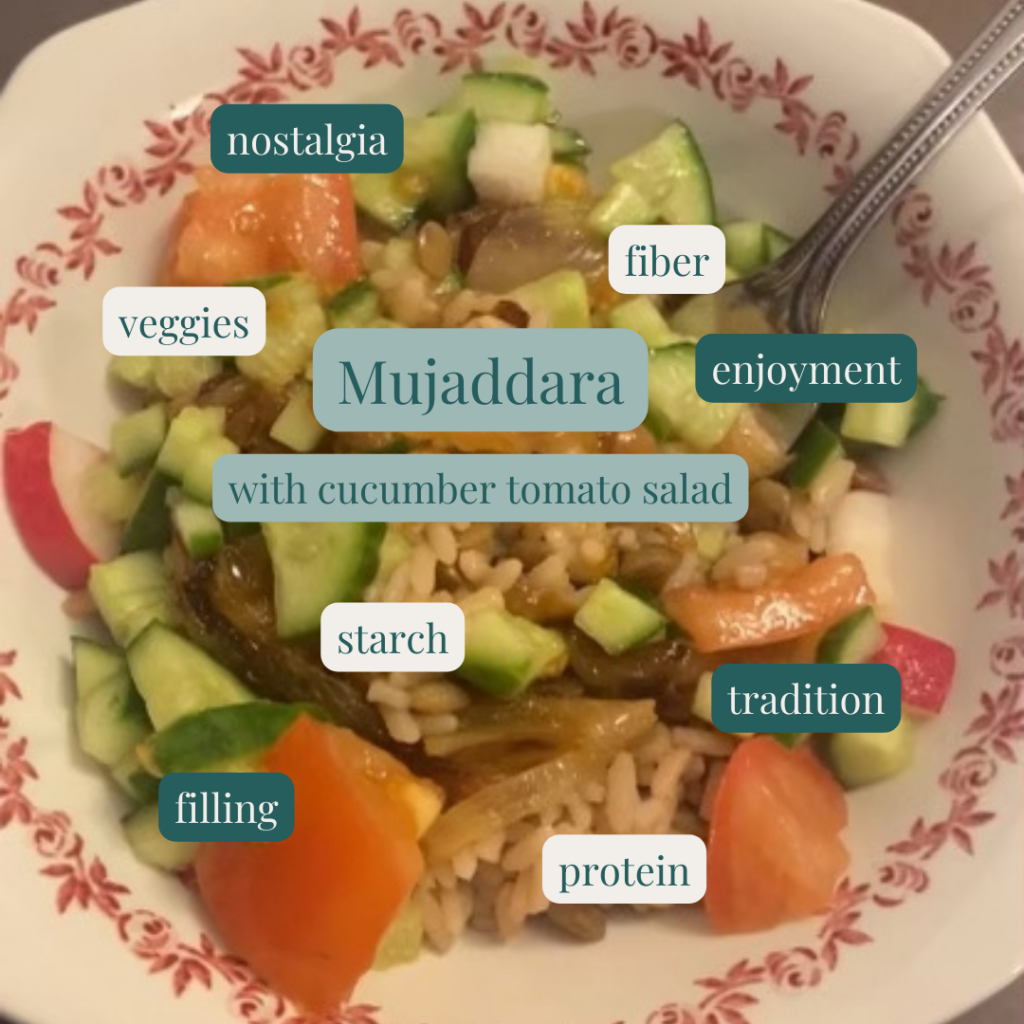
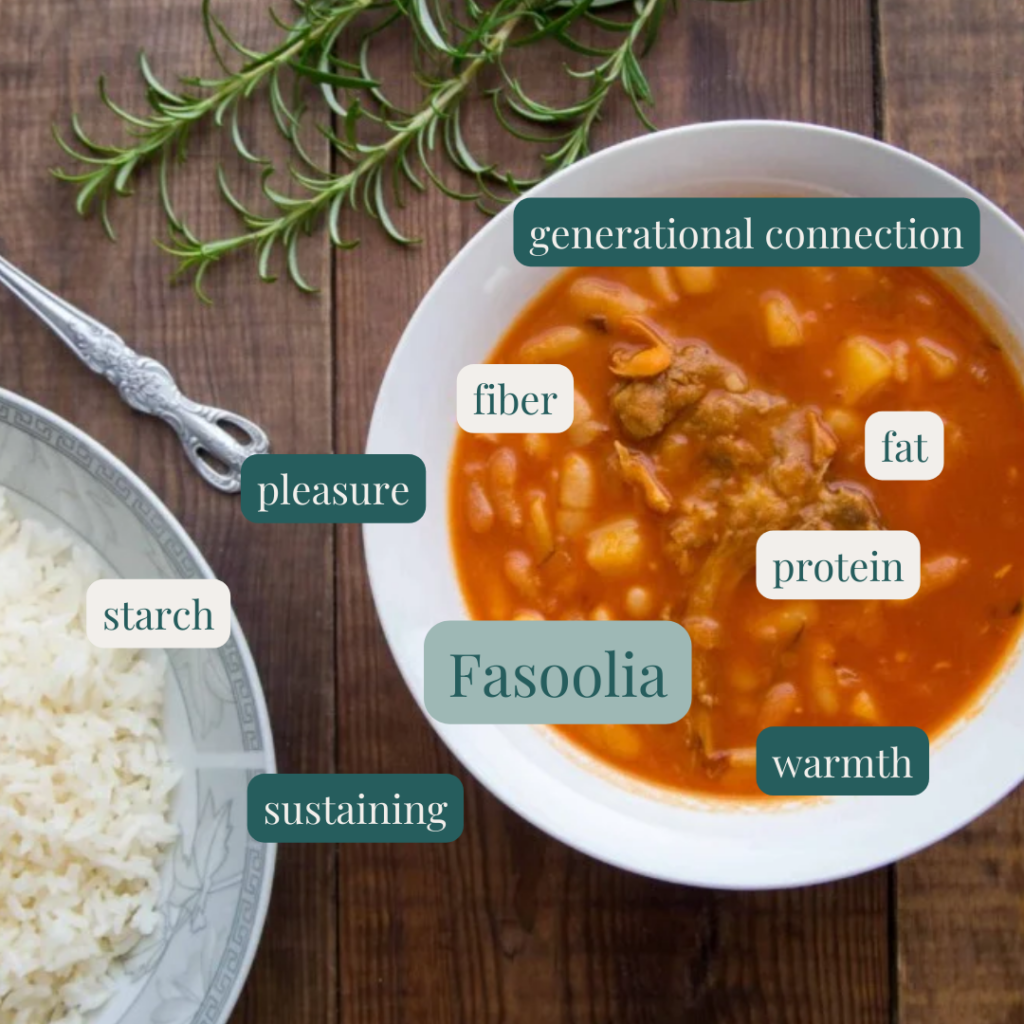
Join Us on a Journey of Discovery
At Tap Into Nutrition, we’re passionate about helping you embrace cultural foods and explore your relationship with food.
Reach out to us!
Contact us today to schedule your free discovery call and let’s start explore foods together! The call is a great chance to get to know us and for us to get to know you. You can learn more about the process or ask any other questions here.
